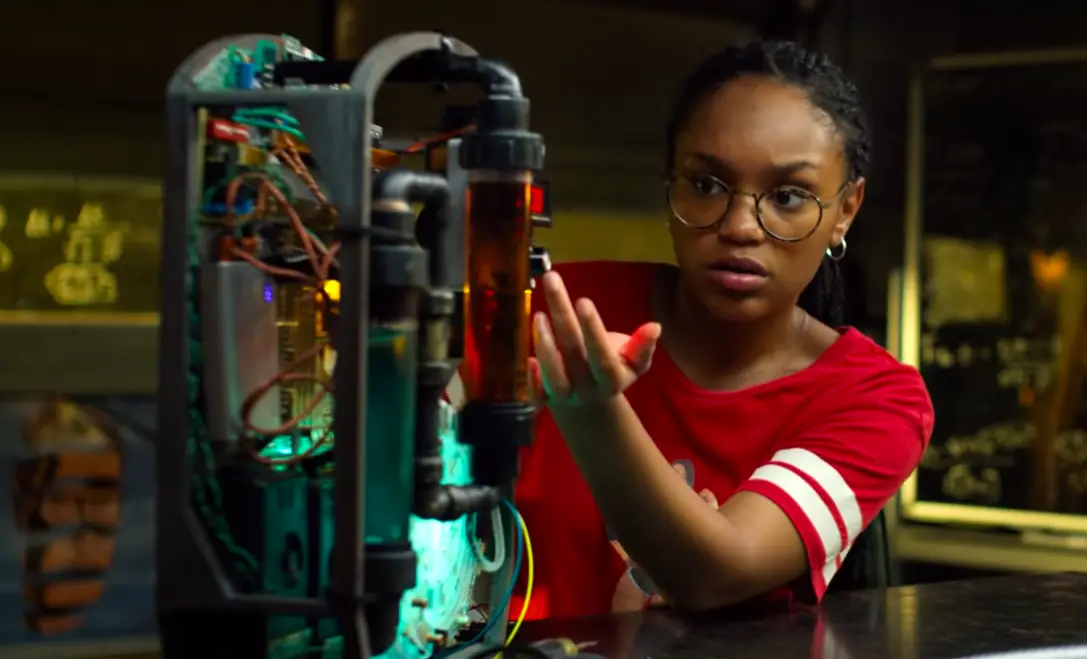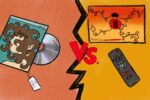While unfolding the story of two science prodigies working to master the art of their time travel invention, Academy Award-winning producer Spike Lee, director-writer Stefon Bristol and writer Fredrica Bailey bring social awareness to gun violence and police brutality in inner-city neighborhoods in their new film, “See You Yesterday.”
The movie “See You Yesterday” is set in Brooklyn, New York, where the audience is introduced to the quick-witted and feisty protagonist CJ and her equally intelligent best friend Sebastian. Although it is the end of the school year at “The Bronx High School,” the impressionable duo is adamant on inventing a time machine with hopes of earning a college scholarship to Massachusetts Institute of Technology and Morehouse College.
As the movie reaches its climax, the main character’s motive is changed once CJ’s brother Calvin, played by American rapper Stro, is shot and killed by a police officer. CJ’s dreams of advanced education are abandoned and her new focus is traveling back in time to prevent Calvin’s unfortunate death.
The two partners in time (get it?) learn that the police mistook Calvin and his friend for the suspects of a robbery who swindled a liquor store not too long before their encounter. CJ and Sebastian figure that going back in time to stop the robbery will prevent the NYPD from getting a report and showing up on the scene, ultimately reversing Calvin’s murder. Once CJ and Sebastian master time travel, Sebastian reminds CJ of how imperative it is that they avoid running into their past selves, as it will result in disrupting the time-space continuum.
While succeeding in the effort to travel to the past, the plan to intersect Calvin’s death creates more problems for the two masterminds. After their first attempt fails, the two friends’ second attempt causes CJ’s present self to come in contact with Sebastian’s past self at the liquor store where the robbery should have taken place.
Although CJ successfully prevented the robbery, it resulted in another misfortune: Sebastian’s death. In the third try, now trying to save Sebastian and Calvin, the young intellectuals surmount in informing Calvin of his unfortunate destiny by showing him the actual obituary from his funeral. Calvin grows frustratingly confused at the news which starts an argument between the two siblings, Sebastian and Calvin’s friend who was also present during the shooting.
In midst of the commotion, a police car rushes onto the scene and two undercover officers break up the scuffle by demanding that everyone lay face-down on the ground. As Sebastian is being rough-handled by an officer, Calvin notices that his picture on the obituary fades into a photograph of Sebastian. Immediately realizing his fate, Calvin stands up, sacrificing three bullets to his torso. Sebastian lives but the teenage engineers are left to grieve over Calvin’s undeserved death once again.
As CJ travels back to the present and reveals to Sebastian that he was caught in a crossfire, the couple expresses their differences regarding the decision to change the course of history. Shook by the news, Sebastian believes that multiple strives to save Calvin will result in worse problems.
The movie closes out with CJ’s impulsive decision to time travel without Sebastian in another attempt to reverse Calvin’s sad outcome. Closing in a cliffhanger, “See You Yesterday” leaves its audience unaware of what happens after the protagonist’s solo odyssey.
On a deeper level, “See You Yesterday” is a metaphor for the rising number of gun deaths and police shootings. CJ and Sebastian’s attempts at preventing gun deaths represents real advocacy for gun-death prevention and gun control. The young geniuses’ time travel odysseys are fictional but the problems they face in the movie are real.
“See You Yesterday” is distinctive from the average sci-fi motion-picture as it presents a science fiction story that reflects today’s truth. In reality, police brutality against African-American men is a constant case that is reflected in the Netflix original. Additionally, “See You Yesterday” mirrors the existing forms of gun violence in inner-city residents. Combining the popular genre of science fiction with a socially-conscious message sparks a viewer’s imagination while also reminding them of the civil issues that Americans face today.
The choice to leave the audience in oblivion was brilliant because it thoroughly demonstrates that no matter how strong the efforts are to change gun laws, stop unjust police shootings and decrease the crime rates in inner-city neighborhoods, a higher and more powerful force continues to hold control.
Understandably, people turn on their television or log on to their streaming services to catch a break from inconsolable circumstances. Unless one finds value in apocalyptic survival methods or how to communicate with aliens, sci-fi is not a platform for social awareness. In fact, the reason the genre maintains its popularity is because it allows fans to escape into an arena of fun and mythical tales.
However, maybe Bristol and Bailey’s decision to incorporate real issues into the film of “See You Yesterday” is because the writers believe that, in today’s social climate, it is time to stop escaping and confront the issues head-on.
Bringing awareness through film and TV production is the most effective medium to because it grabs the attention of several demographics — everyone watches movies. Whether it is a vintage black and white narrative that airs on “TV Land” or the latest indie project on “Hulu,” it is unlikely for one to forget their favorite movie or actor. It is fair to argue that cinema has more social influence than other media outlets, which often fails to represent African-American STEM students. However, works to showcase them in his project.
Gun violence should not be taken lightly; however, it took a light approach, such as the release of “See You Yesterday,” for people to take heed to the current events of the decade. Merging the scientific journey of time travel with the hard news of the millennium catches the average sci-fi fan off guard and causes one to grow intrigued with how a new kind of story is told.
















